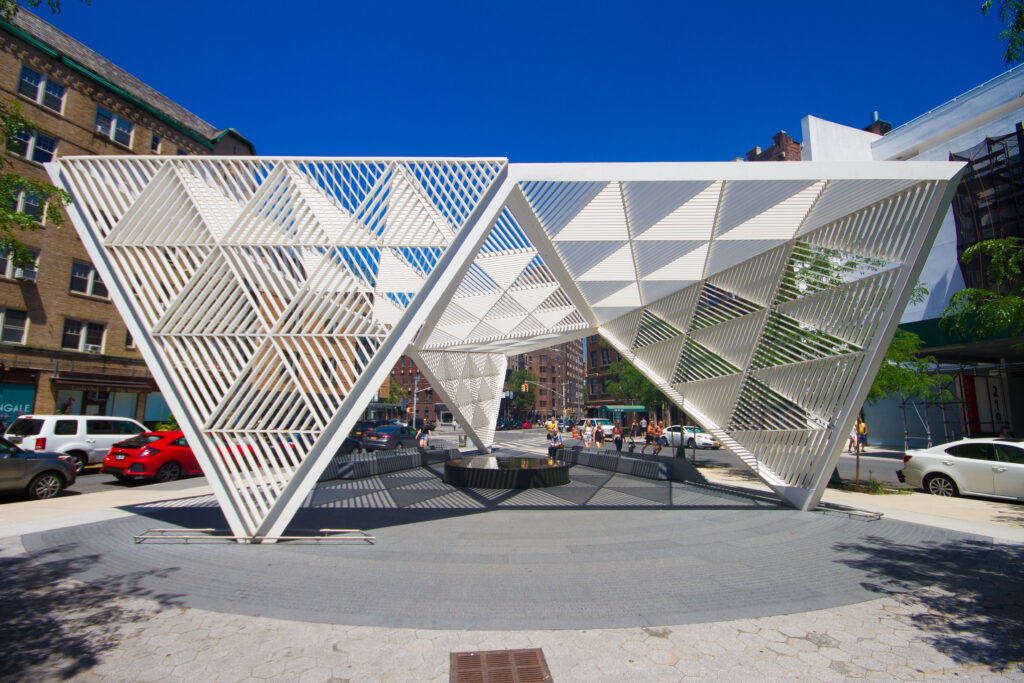12 Places to Reflect on Our LGBTQ+ History
At Vacationer Magazine, we don’t regulate celebrating LGBTQ+ history for just one month. We never stop being proud. That means we embrace our history and culture 365 days nonstop. We mentioned this last spring when profiling 12 important memorials and historic sites for the community. We decided to continue the tradition and identify an additional list of monuments and important sites to add to your travel bucket list.
Freddie Mercury Statue
Montreux, Switzerland
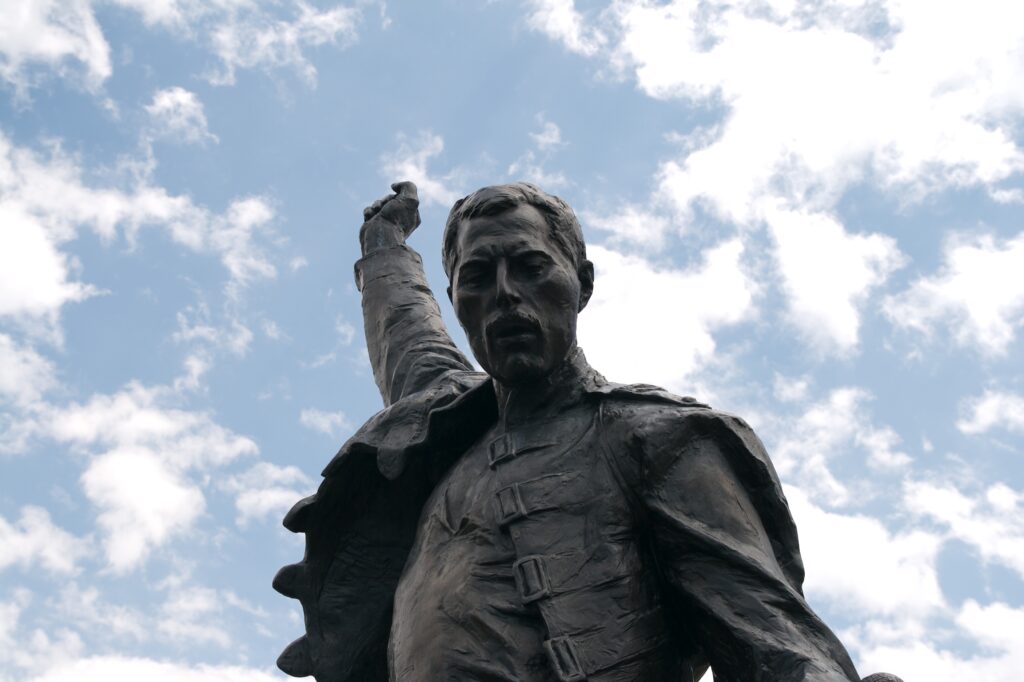
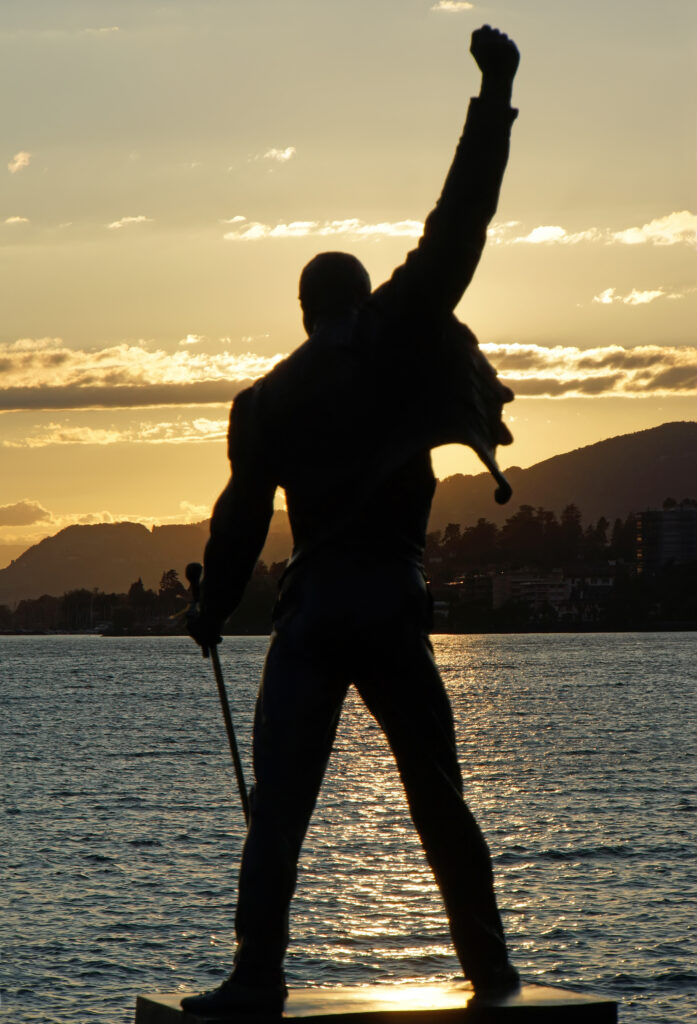
Montreux, Switzerland, held a special place in the heart of the legendary musician Freddie Mercury, originally known as Farrokh Bulsara. Mercury was so impressed by Lake Geneva during the 1978 Montreux Jazz Festival he chose to make Montreux his home in 1987, residing there until his passing in 1991.
To honor this rock icon’s connection with the city, Montreux erected a striking bronze sculpture in 1996. This sculpture, crafted by Czech artist Irena Sedlecka, portrays Mercury in his iconic yellow military jacket and red-striped, white trousers, raising his fist and clutching his beloved microphone stand. It has become a symbol of Montreux’s enduring link to Freddie Mercury and even graces the cover of Queen’s Made in Heaven album, which was recorded in this town.
The memorial statue remains a gathering point for fans worldwide, who pay tribute with daily offerings of yellow flowers, heartfelt poems, and artistic drawings.
Frida Kahlo Park
Mexico City, Mexico
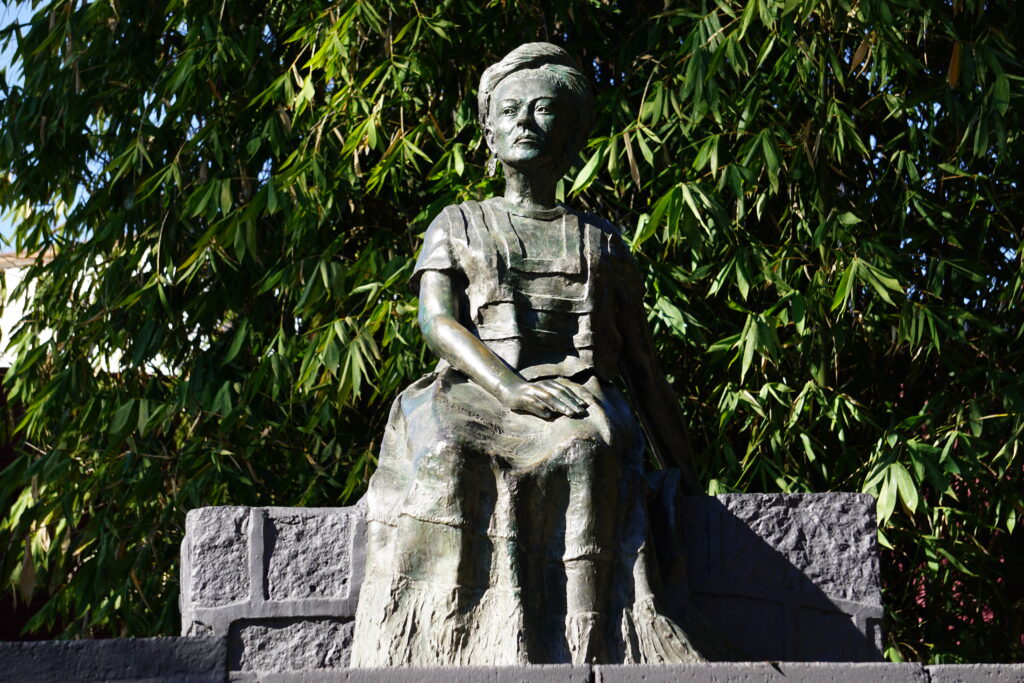
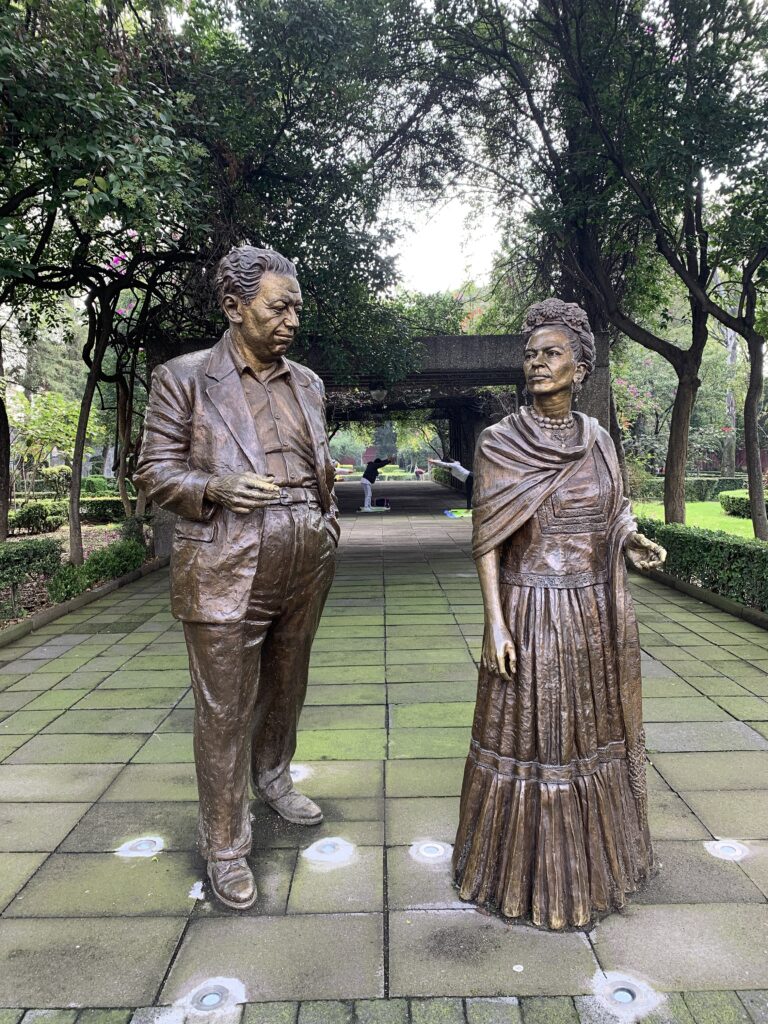
Frida Kahlo Park, nestled in the heart of Mexico City, pays tribute to the iconic Mexican artist, Frida Kahlo. This cultural haven offers a peaceful escape from the city’s hustle and bustle, allowing visitors to immerse themselves in the natural beauty and artistic essence that defined Kahlo’s life and work. The park’s gardens, winding pathways, and indigenous flora, reminiscent of the colors and symbolism in Kahlo’s art, create a serene environment.
A striking bronze statue of Frida Kahlo, adorned in her Tehuana dress, stands at its center, capturing her iconic style and dedication to self-expression. Beyond being an artistic homage, the park serves as a cultural hub, hosting exhibitions, events, and performances celebrating Kahlo’s enduring influence on art and Mexican heritage. It’s a must-visit for art enthusiasts and nature lovers alike.
Located in the historic neighborhood of Coyoacán, Frida Kahlo Park has a well-maintained landscape and contemplative sculpture garden that features Gabriel Ponzanelli’s sculptures of Frida Kahlo and Diego Rivera, along with a central fountain. While occasional events like the Coyoacán Tamale Fair add vibrancy, Frida Kahlo Park remains a space for introspection, making it a notable stop for those exploring the neighborhood’s rich cultural heritage.
Kiss Wall
Brighton, United Kingdom
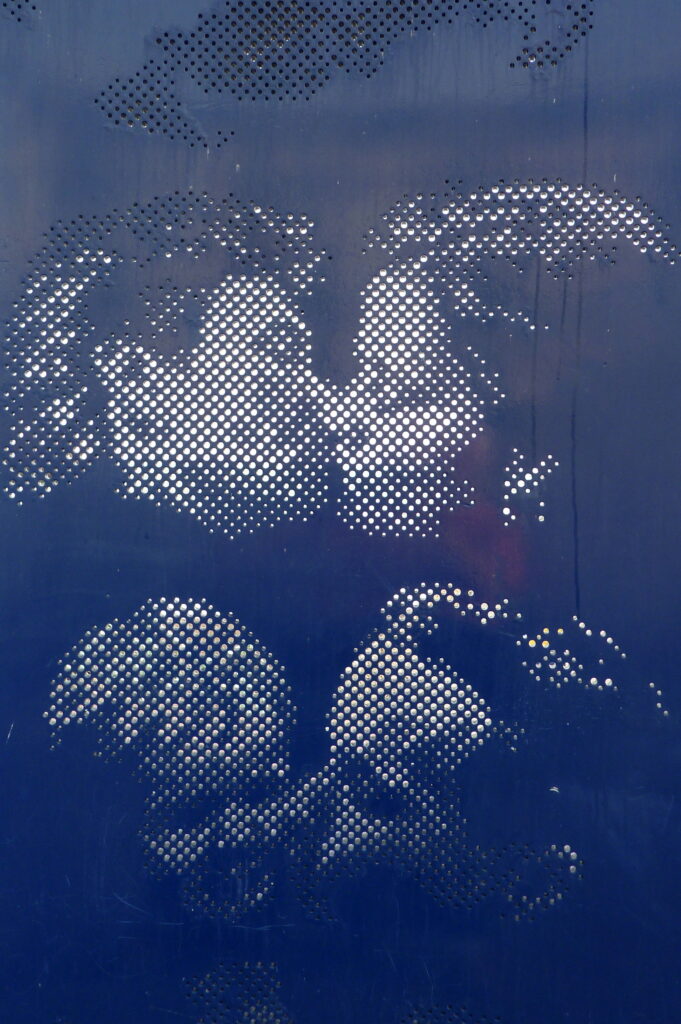
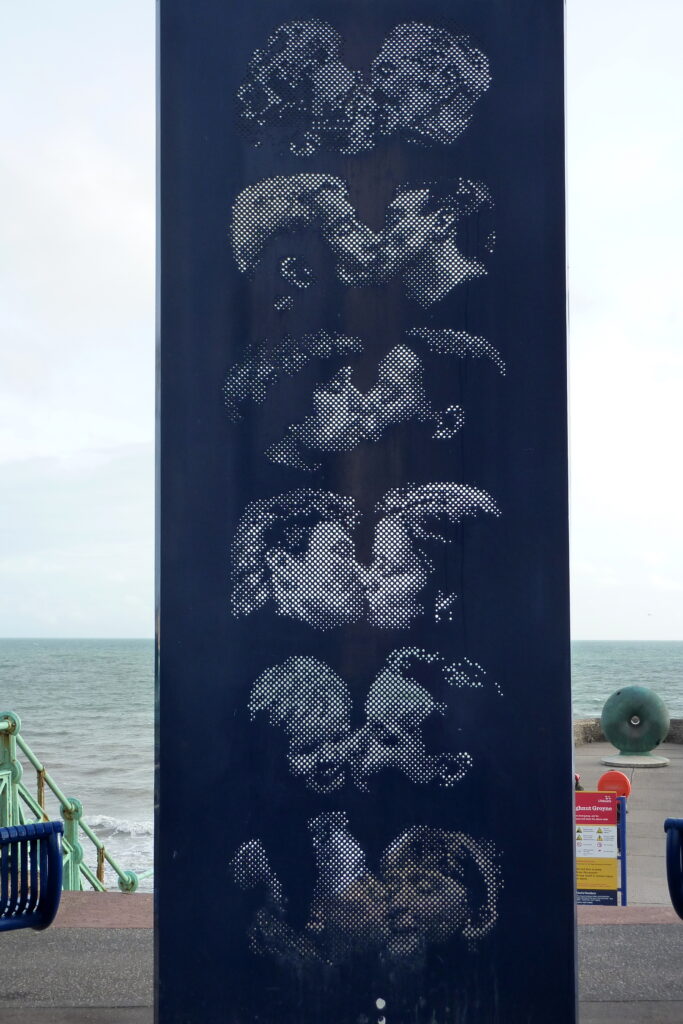
The Kiss Wall in Brighton is a breathtaking street art installation located along the city’s bustling seafront. This striking mural portrays six kisses between 12 people. The artwork was created by Bruce Williams in 1992. It was commissioned by and managed by Brighton Borough Council. Serving as a popular backdrop for photos and selfies, the Kiss Wall has become a beloved landmark in this coastal city. The mural celebrates love, unity, and the city’s unique charm, symbolizing the diversity of Brighton’s population. Whether you’re a visitor or a local, the Kiss Wall invites all to appreciate its beauty and share in the joy it brings to this lively seaside community.
Memorial to Homosexuals Persecuted Under Nazism
Berlin, Germany
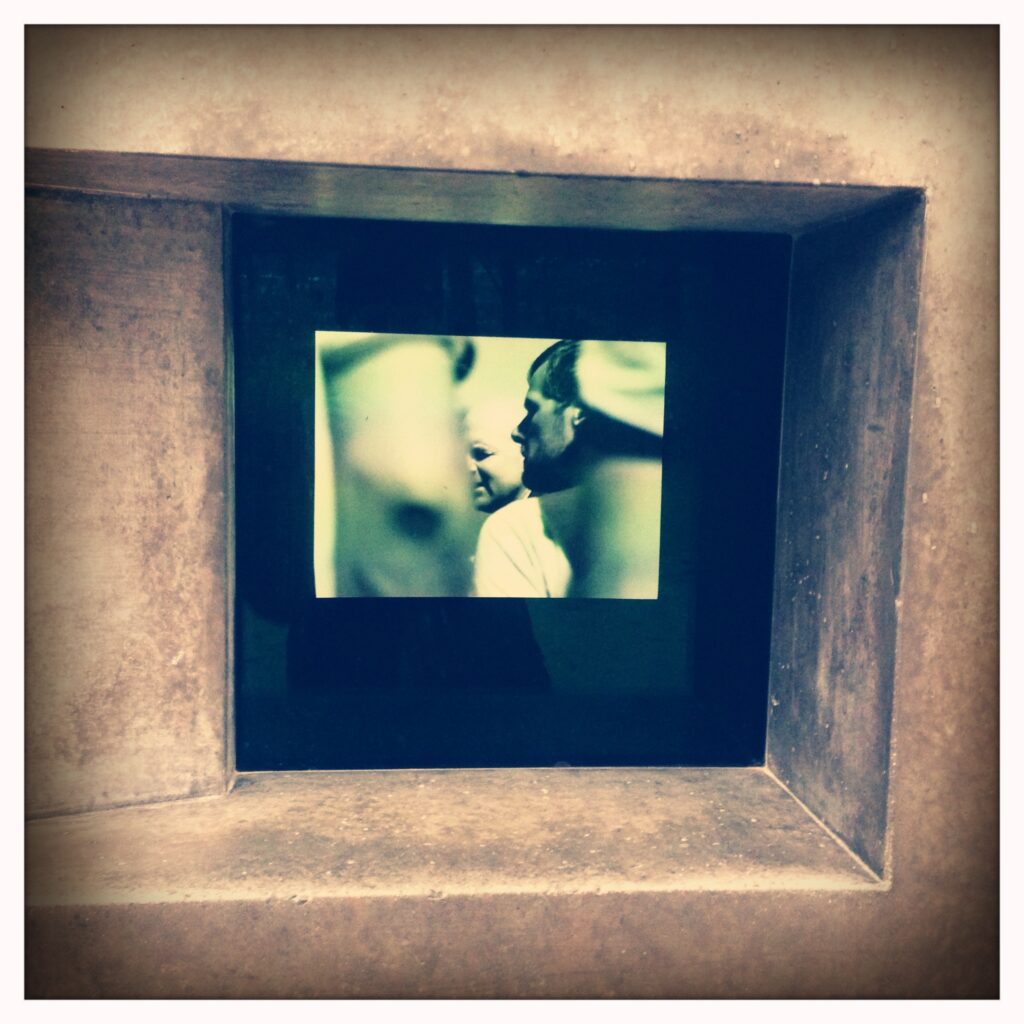
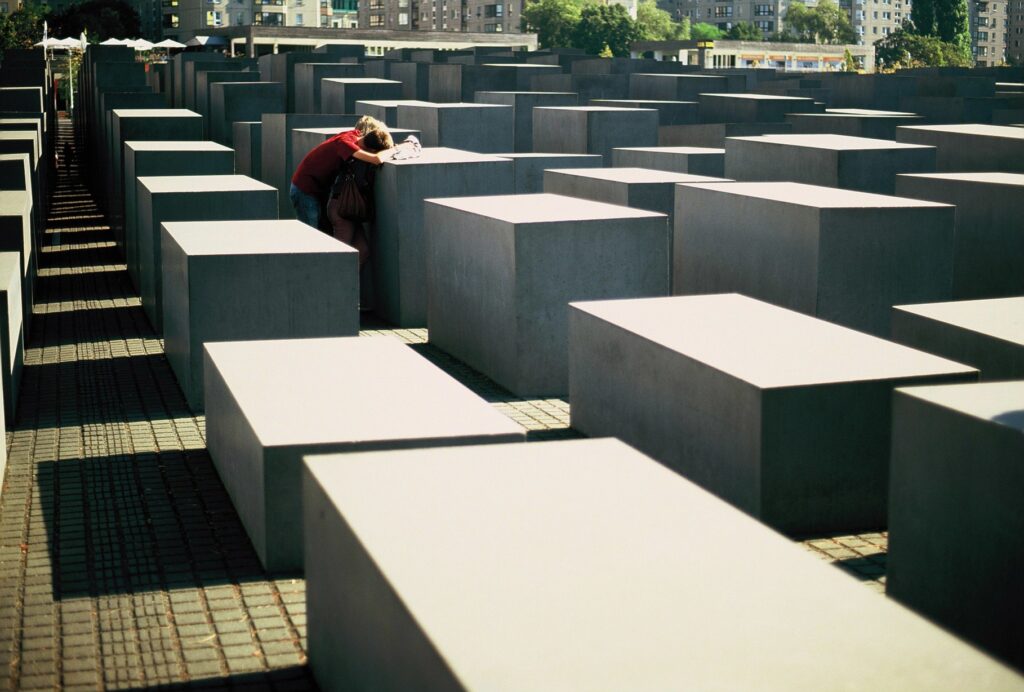
The Memorial to Homosexuals Persecuted Under Nazism in Berlin is a tribute to the LGBTQ+ individuals who suffered and died during the Holocaust. Designed by artists Michael Elmgreen and Ingar Dragset, this unique memorial stands as a concrete cube with a small window on one side. Through this window, visitors can watch a video depicting a homosexual love scene, symbolizing the persecution faced by LGBTQ+ individuals during the Nazi regime. The film is periodically changed to keep the memorial’s message alive and relevant. A plaque nearby provides information in both German and English, offering insight into the dark times when minorities, including homosexuals, were oppressed and persecuted by the Nazis.
The memorial, located near the Jewish Holocaust Memorial in Tiergarten, emphasizes the importance of remembering and standing against intolerance, discrimination, and persecution of homosexuals worldwide. It was inaugurated in 2008, following discussions and approvals within the German parliament, and remains a powerful symbol of remembrance and tolerance.
Nzinga of Ndongo and Matamba Sculpture
Luanda, Angola
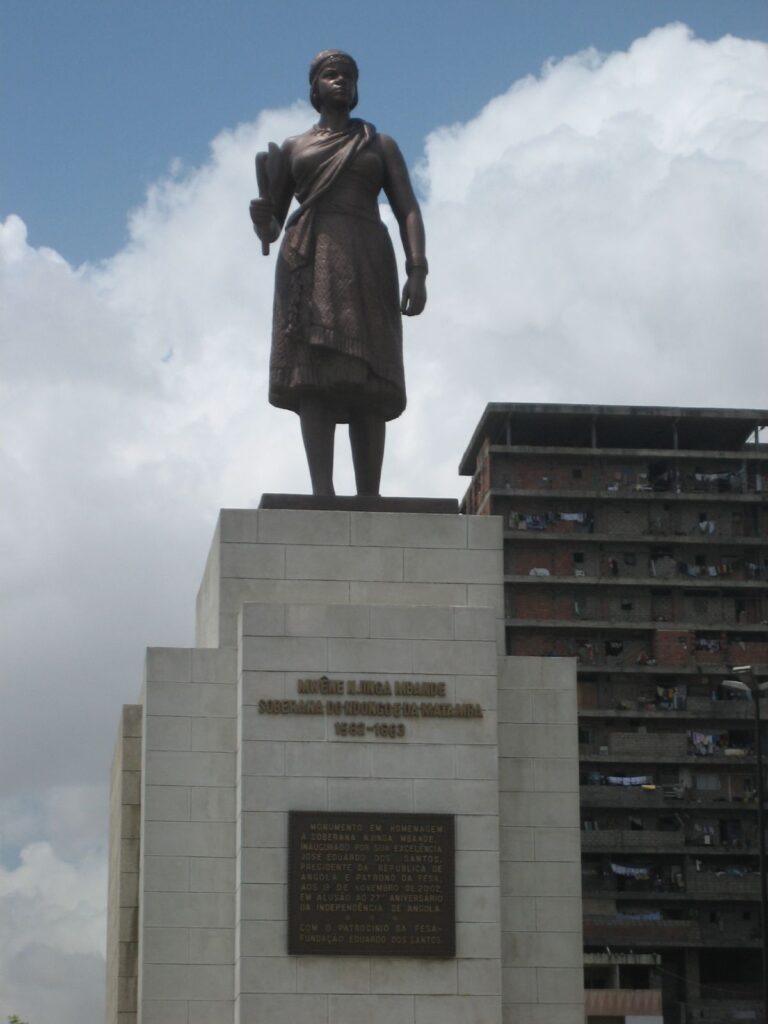
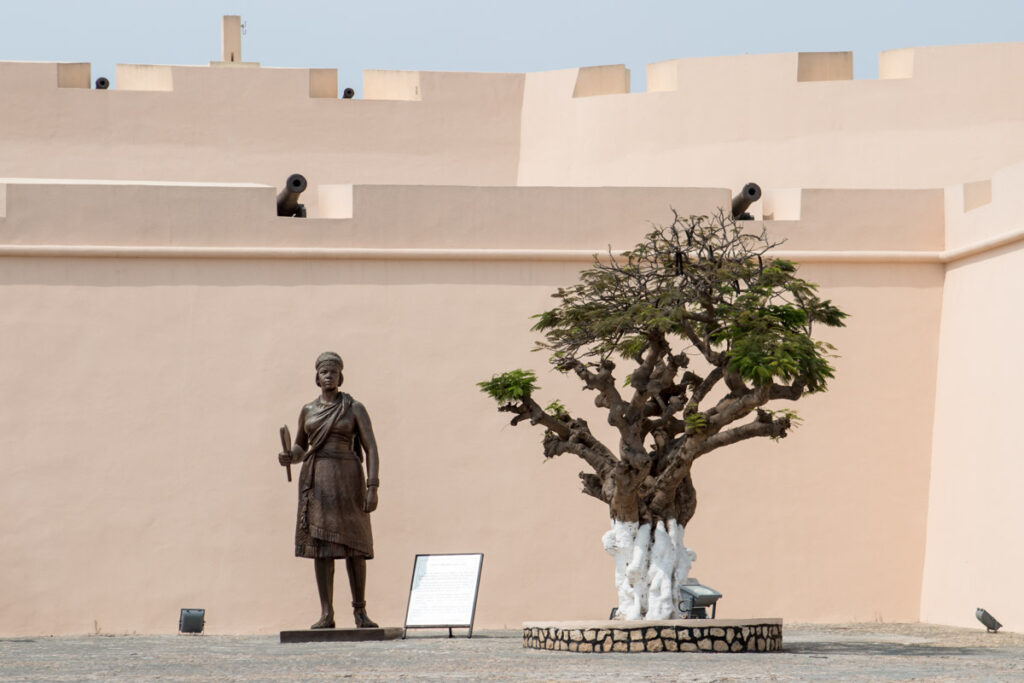
Nzinga, known as the “female king” was the ruler of the Kingdoms of Ngola (1624-1663) and Matamba (1631-1663), located in present-day northern Angola. She came to power during an alarming expansion of the African slave trade and the kingdom, under her rule, fought back against European colonization. Nzinga has become a queer icon over the years, as during her rule she dressed in full male clothing as if she was a male king and allegedly kept a harem of 50 to 60 men that she made dress as women. These young men were referred to as her concubines. A statue of Nzinga was erected in Luanda’s Kinaxixi Square by President Santos.
My Heart Beats Like Yours Sculpture
São Paulo, Brazil
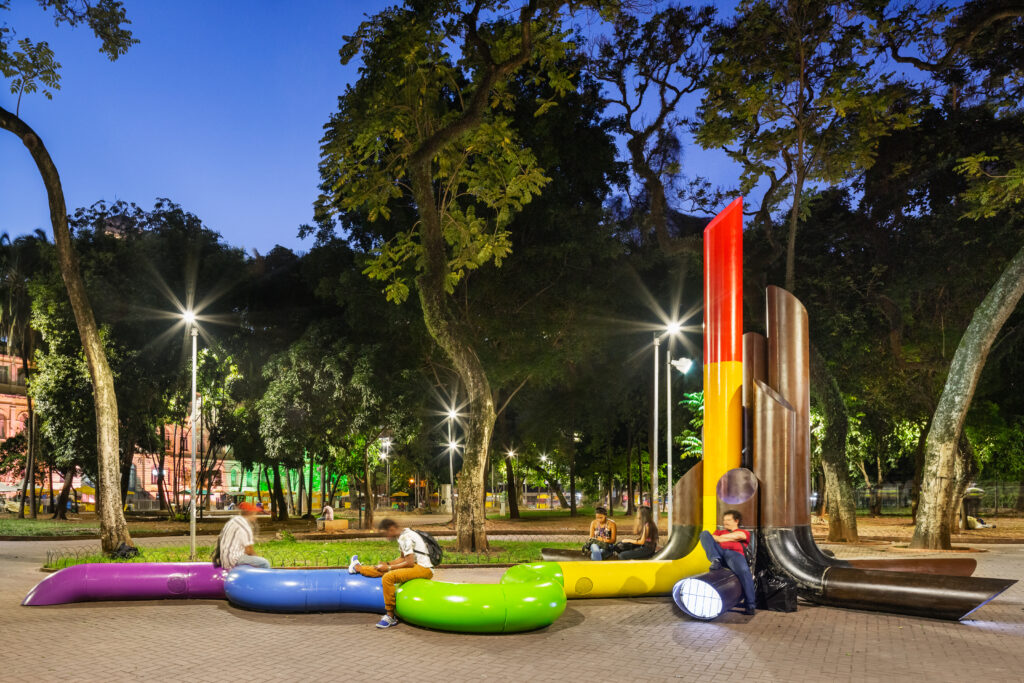
‘My heart beats like yours,’ a large-scale interactive sculpture designed by São Paulo-based Estúdio Guto Requena, serves as a powerful tribute to Brazil’s LGBTQ+ community. Positioned in São Paulo’s historic Praça da República, where the initial gathering of LGBTQ+ activists occurred in 1978, this innovative installation blends urban furniture with sculpture. Standing at 52 feet tall, the structure comprises metal infrastructure cylinders commonly used underground, assembled to create a striking piece of art.
Within these cylinders are sound systems that broadcast audio statements from LGBTQ+ activists, accompanied by the sound of their heartbeats, recorded during the moments of their testimonials. These heartbeat patterns inform the structure’s nighttime lighting design, which is continuously displayed. The sculpture incorporates the colors of the LGBTQ+ flag along some of the cylinders that extend outward, doubling as public seating.
Additionally, a sign at the site invites passersby to share their own stories via WhatsApp voice messages, with select stories becoming part of the artwork, making ‘My heart beats like yours’ a testament to empathy, design activism, and the resilience of the LGBTQ+ community in Brazil.
Oscar Wilde Memorial Sculpture
Dublin, Ireland
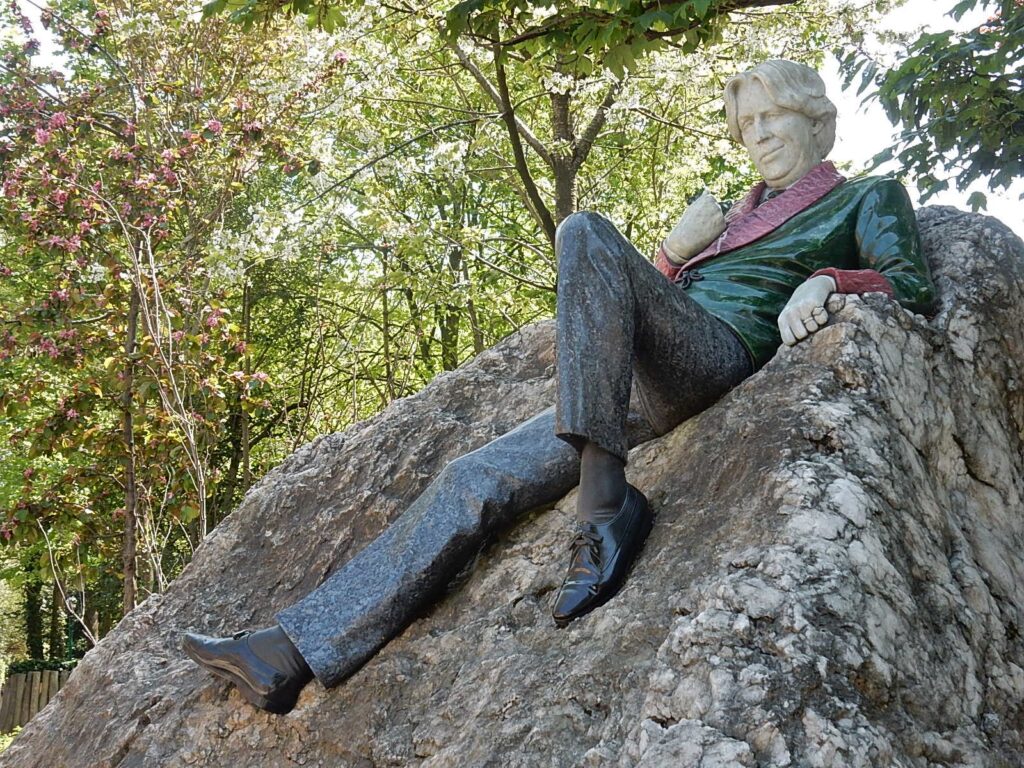
The Oscar Wilde Memorial Sculpture in Dublin’s Merrion Square stands as a remarkable homage to the renowned Irish writer and LGBTQ+ pioneer, Oscar Wilde. This sculpture, comprised of three distinct statues, skillfully encapsulates Wilde’s vivacity and intellectual brilliance, commemorating his profound impact on LGBTQ+ representation.
Crafted by the talented English sculptor Danny Osborne and unveiled in 1997, these statues ingeniously incorporate diverse stones sourced from three continents, culminating in a towering 52-foot-tall structure. At its heart, Wilde reclines gracefully upon a quartz boulder, flanked by two pillars adorned with striking bronze and granite sculptures. One of these sculptures portrays Wilde’s wife, Constance Lloyd, while the other embodies Dionysus, the Greek deity of drama and wine. Both pillars bear inscriptions featuring Wilde’s own poetry, faithfully replicating the handwriting of several renowned individuals.
The sculpture’s design cleverly symbolizes Wilde’s dual nature, with one side bearing a mischievous grin and the other reflecting a somber countenance, alluding to his life before and after his imprisonment for homosexuality. This memorial serves as a powerful testament to Wilde’s enduring legacy and his pivotal role in advancing LGBTQ+ visibility.
LGBT Activists Cemetery
Washington, D.C.
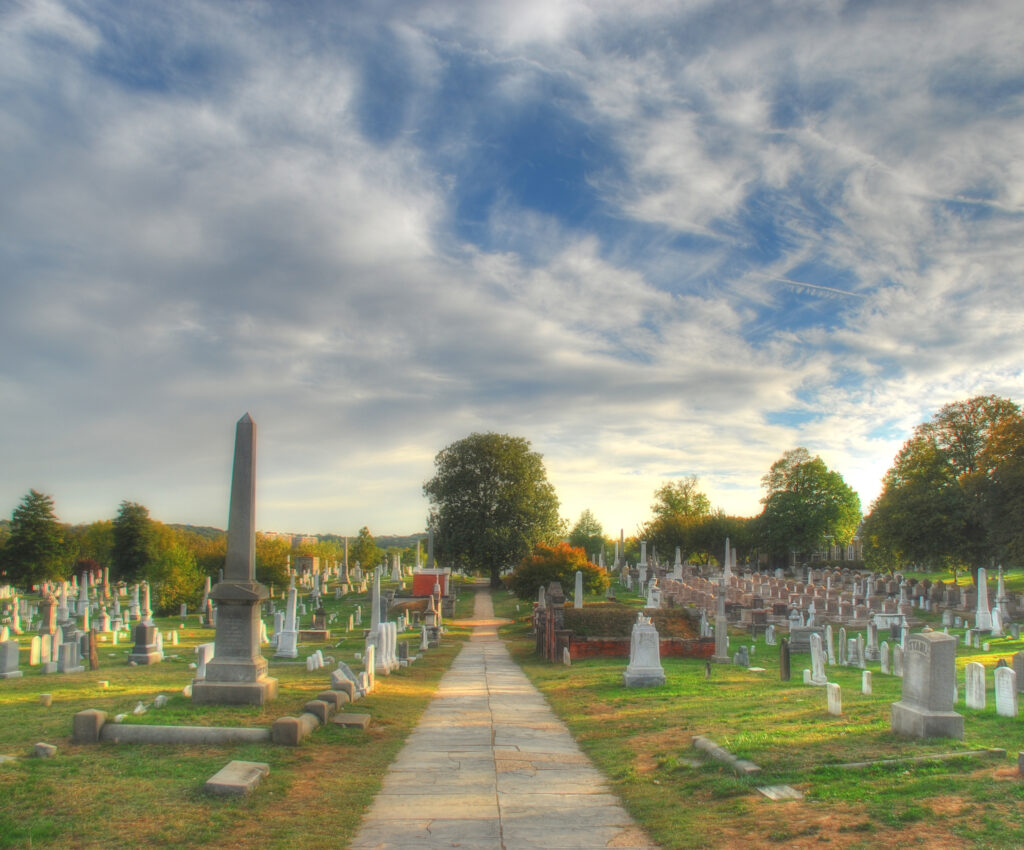
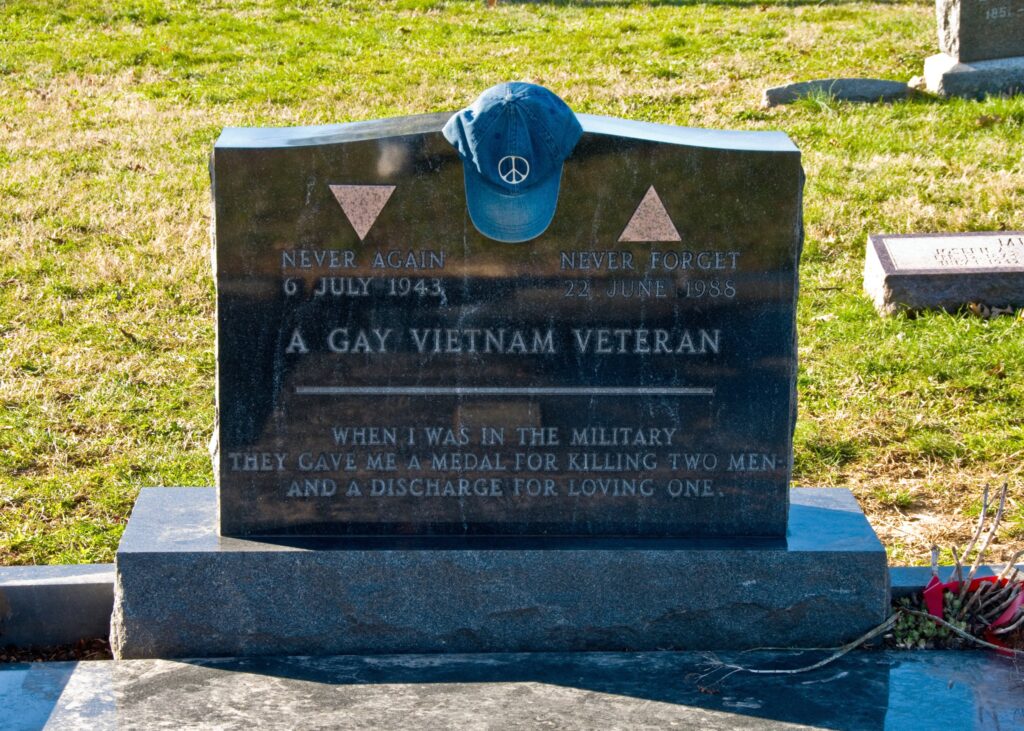
The LGBT Activist Cemetery in Washington, D.C., part of the larger Congressional Cemetery, pays tribute to American heroes who fought for LGBTQ+ rights. This exclusive section within the cemetery is a poignant reminder of the struggles faced by LGBTQ+ activists in the United States. Notable figures interred here include Leonard Matlovich, a Vietnam veteran who challenged the military’s discriminatory policies; Barbara Gittings and Kay Tobin, a couple who dedicated their lives to lesbian rights advocacy; and Franklin Kameny, who played a pivotal role in the early gay rights movement.
These graves serve as a powerful testament to the resilience and dedication of those who paved the way for LGBTQ+ rights. Congressional Cemetery, often referred to as “America’s hippest cemetery,” offers a unique blend of history and activism. The overall cemetery’s distinctive design and historical significance make it a compelling destination for those interested in America’s past. Its status as a National Historic Landmark underscores its importance as a repository of the nation’s history and activism.
LGBT Memorial
New York City, New York
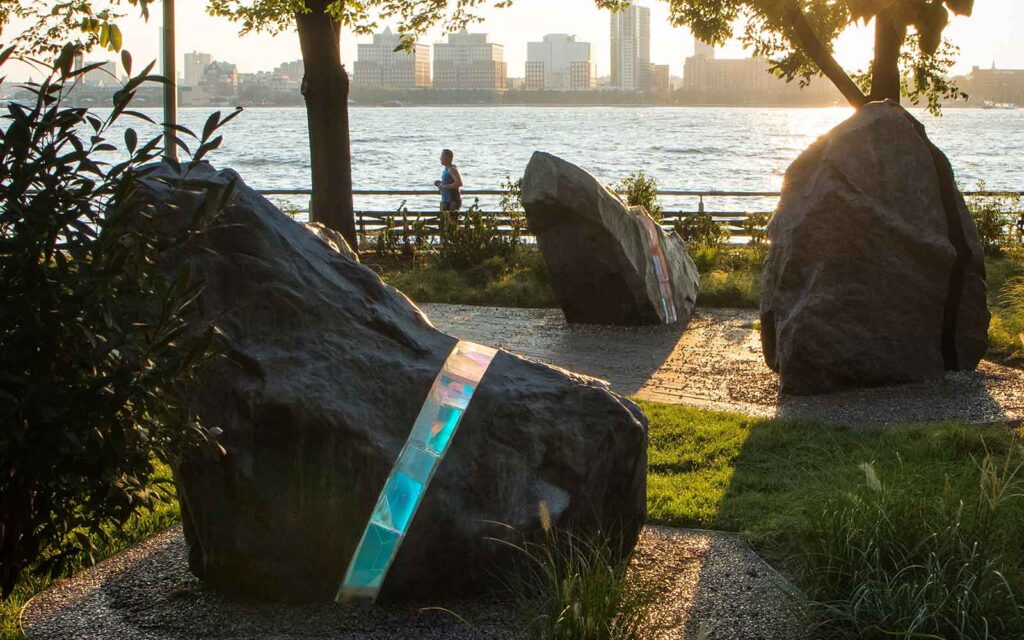
Hudson River Park has commissioned and installed place-specific sculptures, including two public memorials thoughtfully integrated into the landscape. One noteworthy addition is the LGBTQ+ memorial, designed by artist Anthony Goicolea, honoring the victims of the Orlando Pulse nightclub shooting in June 2016 and all those affected by hate and violence.
Governor Cuomo inaugurated this memorial on June 24, 2018, as part of the LGBT Memorial Commission’s mission. Goicolea’s site-specific design seamlessly complements the park’s surroundings, fostering contemplation and community engagement. It incorporates nine modified boulders, some featuring laminated borosilicate glass that refracts light into subtle rainbow patterns on the lawn and nearby objects.
The Lorraine Hansberry Initiative’s To Sit A While
On Tour
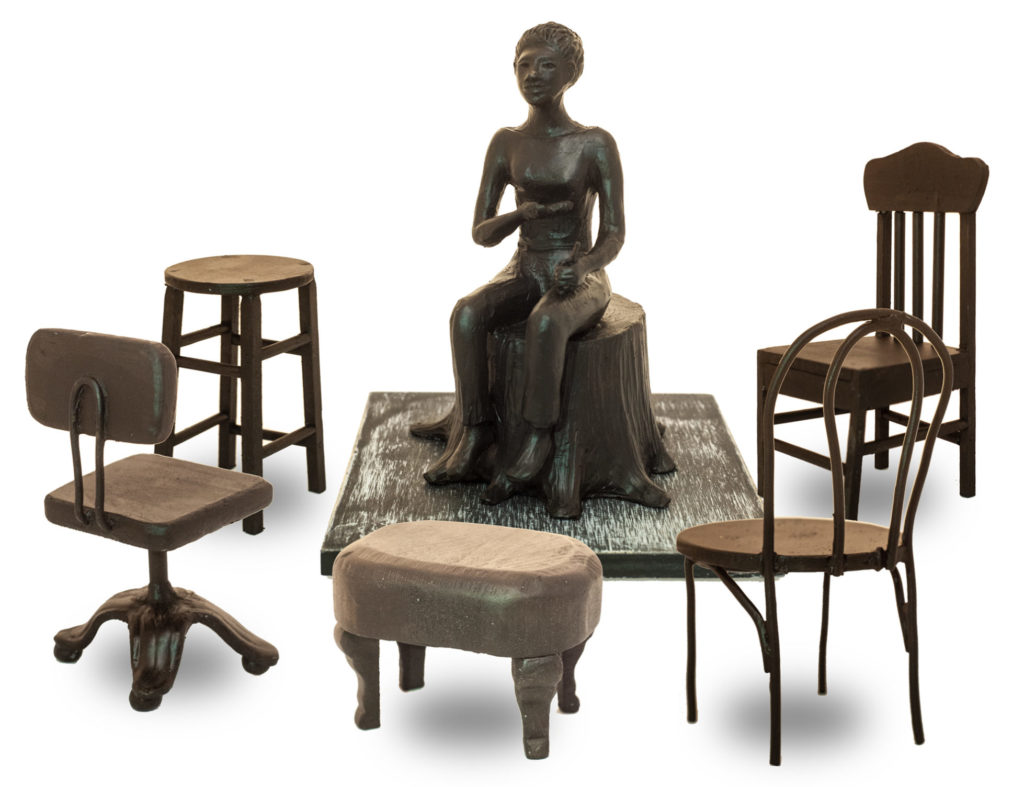
Alison Saar’s sculpture, “To Sit A While,” featuring Lorraine Hansberry surrounded by five symbolic bronze chairs, invites the public to reflect. Each chair represents a facet of Hansberry’s multifaceted life, from her role as a playwright to her activism. This initiative aims to honor Hansberry’s enduring legacy as a playwright, journalist, and civil rights leader and address the underrepresentation of female playwrights of color in the arts. With Hansberry as inspiration, it seeks to contribute to the dialogue on race, justice, and equality, champion physical monuments for women and people of color, and provide support to women and non-binary playwrights of color pursuing graduate degrees in playwriting.
New York City AIDS Memorial
New York City, New York
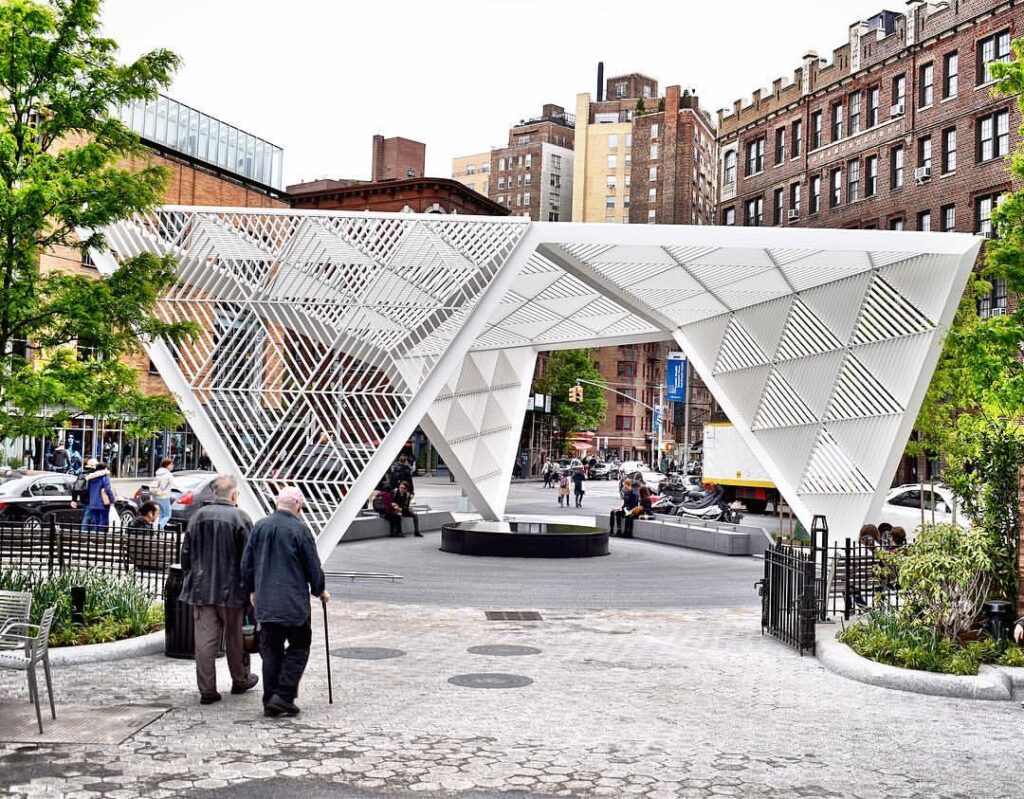
The New York City AIDS Memorial, dedicated on World AIDS Day in 2016, honors over 100,000 New Yorkers who lost their lives to AIDS and recognizes the tireless work of caregivers and activists who fought for care, equality, research, and drug approval changes. Its mission is to inspire reflection and empower current and future activists, healthcare professionals, and those living with HIV to continue the battle against AIDS.
The memorial serves as a community space for gatherings and remembrance, hosting events by organizations like Housing Works and commemorating individuals like playwright and activist Larry Kramer. It also acts as a backdrop for political advocacy on AIDS-related issues. Located in St. Vincent’s Triangle, historically significant for its role in the AIDS epidemic, the memorial stands as an enduring landmark and center for education and culture, featuring various art installations and programs.
Sydney Gay and Lesbian Holocaust Memorial
Sydney, Australia
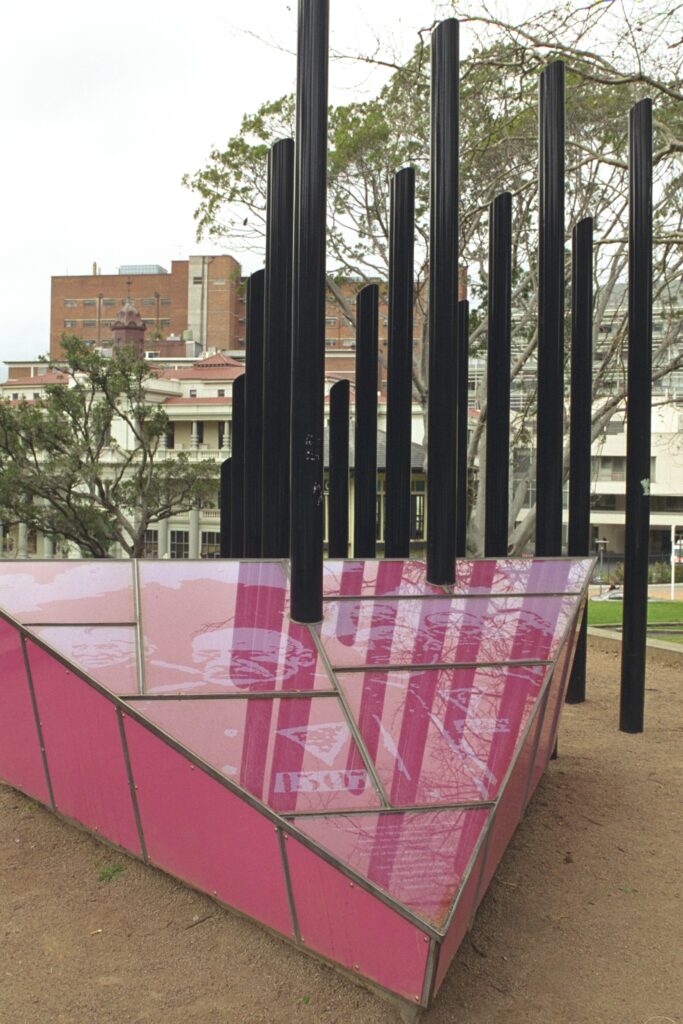
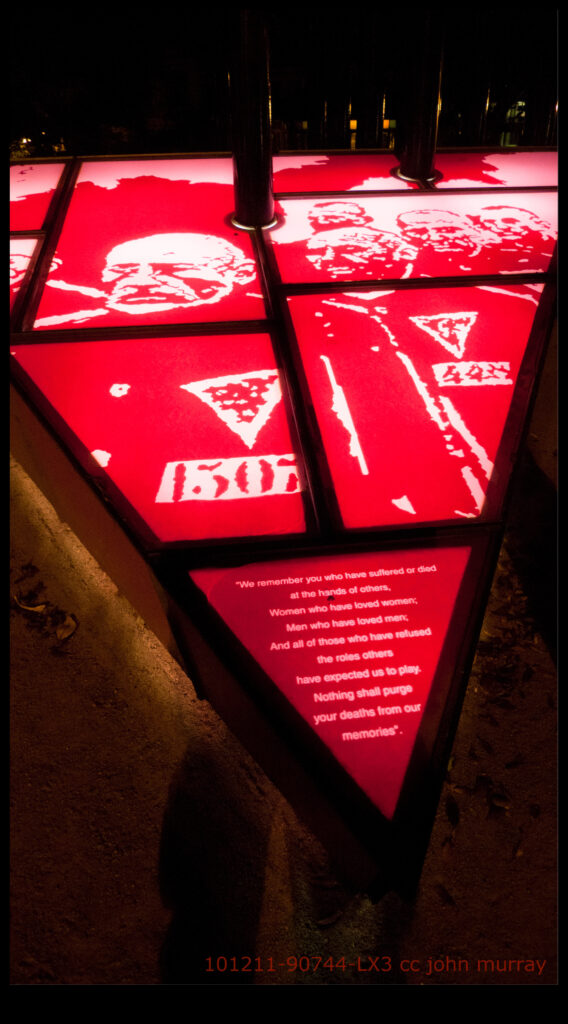
Located in Darlinghurst’s Green Park, Sydney, the Gay and Lesbian Holocaust Memorial, erected in 2001, stands as a poignant tribute. Its pink triangular prism, adorned with images of victims from Sachsenhausen Concentration Camp, forms a fractured Star of David, a powerful symbol honoring those persecuted for their sexuality during the Holocaust and Soviet labor camps.
By day, the prism reflects its surroundings, and by night, it emits a gentle glow symbolizing hope. This memorial, situated in the heart of Sydney’s LGBTQ+ community, adjacent to the Sydney Jewish Museum, was a collaborative effort by community activists. Pay homage to past and present activists at the memorial when visiting Darlinghurst, especially during the Sydney Gay and Lesbian Mardi Gras in February and March.
Don’t forget to also check out this article about more inspirational monuments, memorials, and historic sites that pay homage to our LGBTQ+ history.

